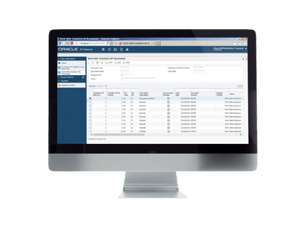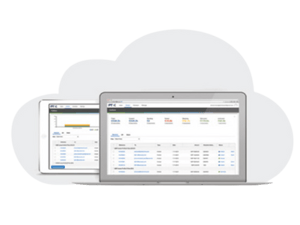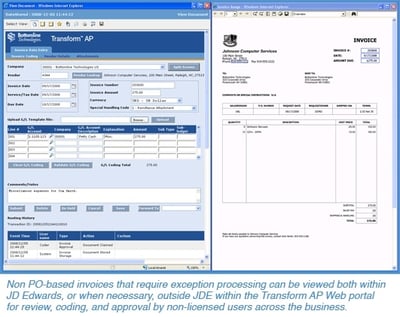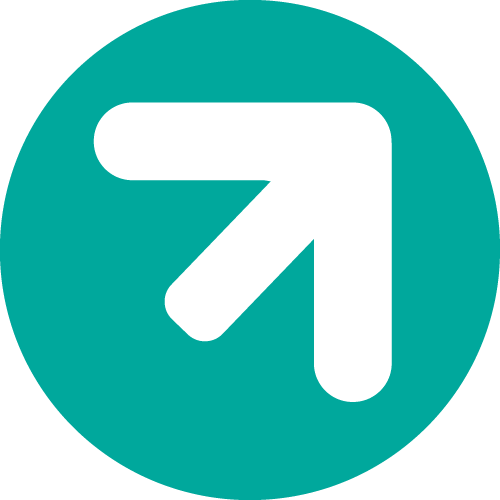The large amount of information generated in companies is growing exponentially, and this can be a problem if an efficient organization that favors the company's productivity is not ensured. Precisely, document management makes it possible to think about the entire life cycle of this information, which, transformed into corporate documents, passes through different roles at different points in time until it reaches its final version.
What is a document management system?
A document management system or software allows one to store, organize and manage the flow of digital documents within the company, in a centralized way and with easy and simple access to manage the information. Within this cycle or workflow, which usually involves several people or roles, information is captured, reviewed, approved, changed or changes are requested, resulting in a process that can become complex, but with an appropriate solution, it becomes easy.
The digitization of documents has the ability to:
- Centralizing a company's information
- Managing a company's information
- Distribute a company's information
- Securing a company's information
A content management system allows, in addition, not only to digitize information. The content management system allows you to create and manage online experiences, and social interactions and generate relevant content across multiple channels to drive sales and loyalty quickly and easily.
Document management systems in the cloud
There are many content management systems, but not all of them offer the functionality required by today's market. Departments are evolving very quickly and require ever-greater capabilities that allow them to monitor the environment and act before it. That is why, at Neteris, we are committed to those solutions that transform traditional content managers into digital experience managers, enabling business users:
> Capture, protect, share, and distribute digital documents and reports efficiently and effectively.
> Improve operational efficiency by optimizing communications and automating routine tasks.
> Reduce costs related to printing, sending, and storing business documents.
> Intelligently obtain data and automate the referral and approval process, as well as allow for annotation and flagging of images.
> Rapidly automate business processes in Oracle E-Business Suite, PeopleSoft Enterprise and JD Edwards EnterpriseOne, and many other solutions.

> Publish documents and web pages as websites.
> Contribute and manage web content in real-time, with intuitive drag-and-paste interfaces designed for non-technical users.
> Significantly improve the retention and conversion of visitors to the intelligent site targeting specific customer segments with relevant recommendations and promotions.
> Create and manage business rules that will control what content will be delivered to each customer segment.
> Deliver dynamic content and offer predictive analytics, ensuring we deliver the right content to the right user on any device.
> Drive digital engagement of employees and customers through the intuitive set of a content manager, applications, and processes, and build 100% goal-oriented sites.
> Analyze and optimize the performance of our intelligent site, even generating analytical reports of individual user segments.

They allow you to manage documentation and distribute it in a more agile and collaborative way at any time and in any place, with any of your mobile devices.
In addition, a collaborative content environment is achieved in the cloud, with an intuitive user interface that allows enriching business applications.
Advantages of document management solutions
-1.png?width=100&height=75&name=LP%20Gestion%20Documental%20(1)-1.png)
SECURE
Prevents loss of corporate documents and secures them centrally.
.png?width=100&height=75&name=LP%20Gestion%20Documental%20(2).png)
SAVE TIME
Reduce the time spent searching for information, with a central, single access from anywhere.
.png?width=100&height=75&name=LP%20Gestion%20Documental%20(3).png)
SECURITY
Access to information and documentation in a secure and structured manner, no one will access what they shouldn't.
.png?width=100&height=75&name=LP%20Gestion%20Documental%20(4).png)
CHANGE CONTROL
Change control of the documents, and control of revisions and access in each document.
.png?width=100&height=75&name=LP%20Gestion%20Documental%20(5).png)
COLLABORATION
Between users for the creation, modification, and management of the documentation and allows managing the distribution through different channels: Email, Fax, SMS, Postal Mail, FTP, Web, etc.
.png?width=100&height=75&name=LP%20Gestion%20Documental%20(6).png)
EXTRACTION
Facilitates the capture of information from paper documents and its transfer to the system as metadata that later optimizes searches.
.png?width=100&height=75&name=LP%20Gestion%20Documental%20(7).png)
INTEGRATION
Automates the integration of documentation with other company systems: CRM, ERP, BI, CMS, Email, Fax, etc.
.png?width=100&height=75&name=LP%20Gestion%20Documental%20(8).png)
RECOVERY
Retrieval of documents in electronic format, as well as archiving of physical copies.
.png?width=100&height=75&name=LP%20Gestion%20Documental%20(9).png)
WORKFLOWS
Ability to define processes on the life cycle of a document, e.g. a contract: create, modify and approve a contract before signature
Bottomline Tansform
BottomLine Transform offers a great ability to customize documents without the need for programming in its ERP software. It has enterprise-class functions for deployment, clustering and load balancing, as well as enhanced auditing features for greater administrative controls.
It has connectors available for the main ERPs in the market, including. Oracle JD Edwards, SAP, and Microsoft Dynamics Suite.
These connectors offer full support for indigenous production, transforming previous costly design changes into simple tasks that can be implemented with very little effort.
From within your ERP environment, you will be able to access any document on Transform through the content and attachment functions.
You will realize significant cost savings through document management functionalities, electronic document delivery, and storage.

Why Neteris
Contact us to analyze in detail the specific situation of your company, and find the best solution for Document Management that suits your needs.
 Propuesta de valor
Propuesta de valor
.png?width=600&height=111&name=Recursos%20LP%20Gesti%C3%B3n%20Documental%20(2).png)
.png?width=600&height=111&name=Recursos%20LP%20Gesti%C3%B3n%20Documental%20(3).png)
.png?width=600&name=Recursos%20LP%20Gesti%C3%B3n%20Documental%20(1).png)

